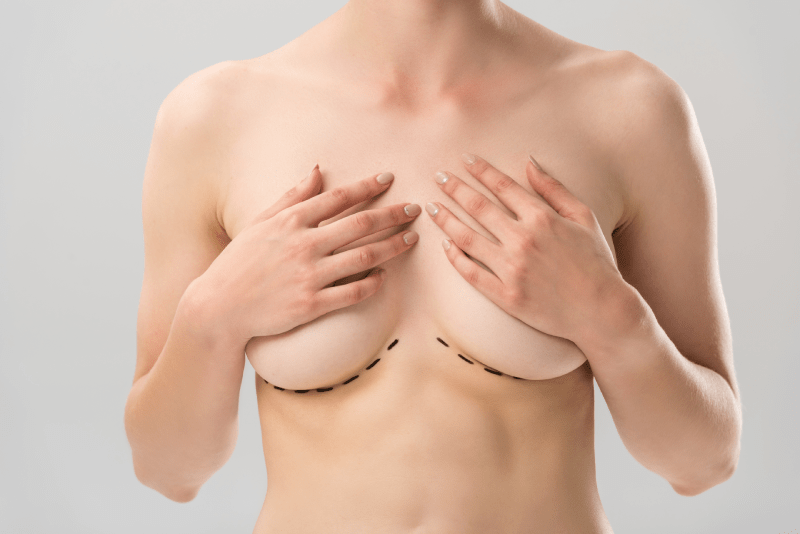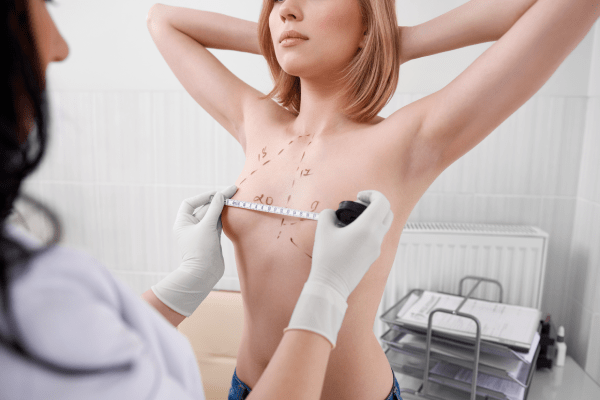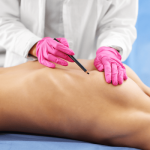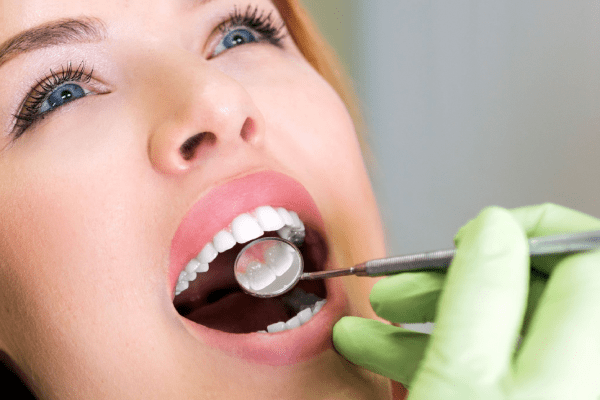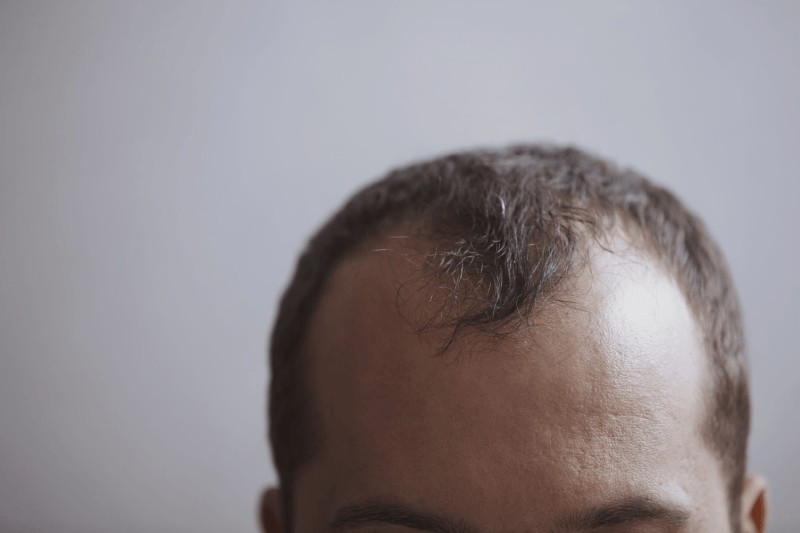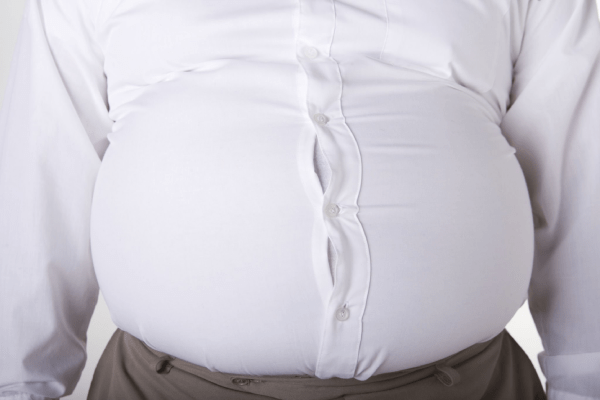How To Prevent Breast Sagging After Breastfeeding
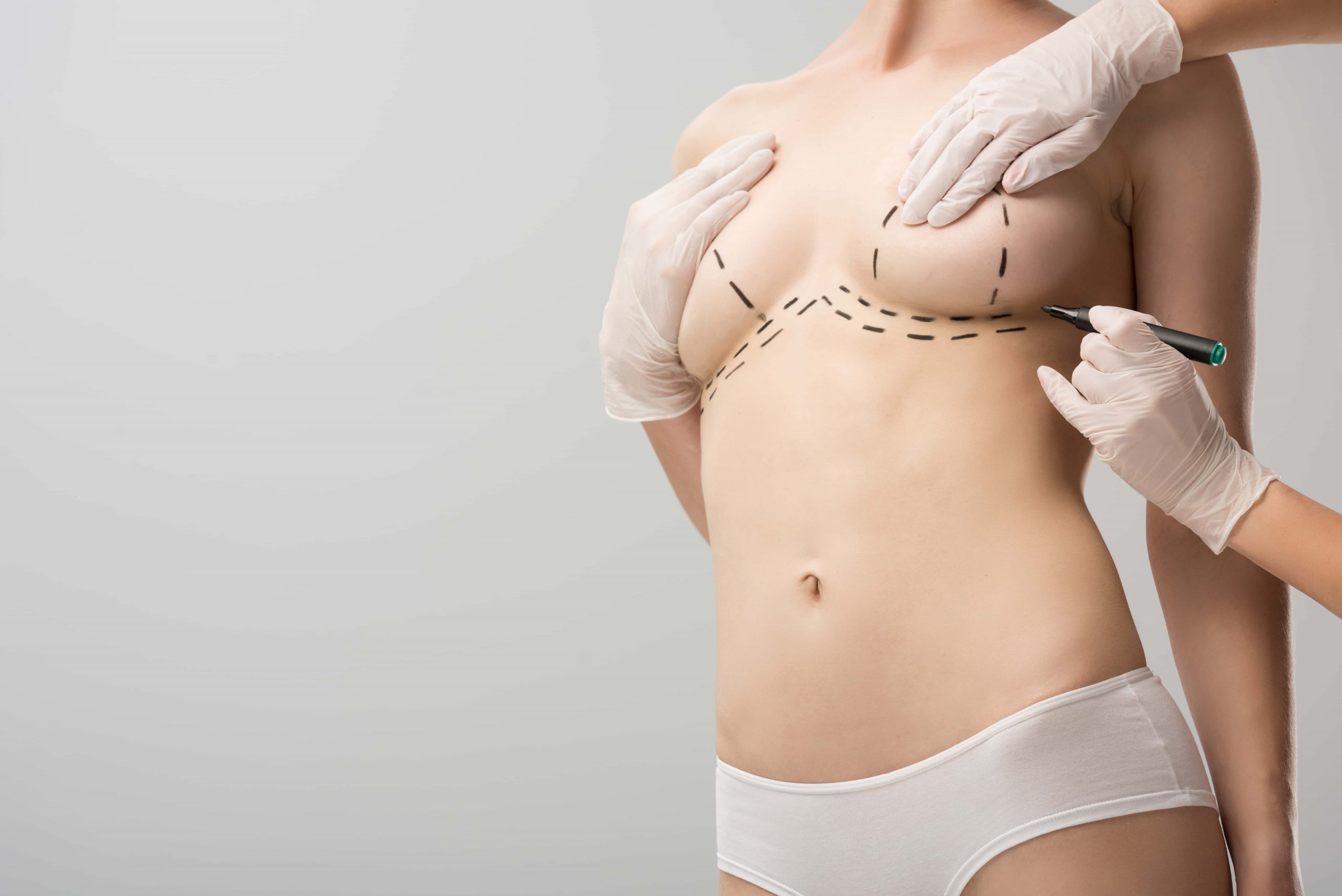
Your body can perform wonderful things as a woman, including sustaining new life. Breastfeeding enhances your mental and physical health as well as provides your child a healthy start. But with time, it usually has an adverse effect on your health. Continue reading to discover more about your breasts after breastfeeding and how to give them the necessary care.
Boobs After Breastfeeding
Your breasts fluctuate in size and shape both during and after breastfeeding. The breast tissue and milk-producing glands grow and fill out in preparation for breastfeeding. They return to their previous size once you stop nursing. Your breasts may then start to look softer and less plump than they did when you were breastfeeding, giving them a sagging appearance.
Your breasts’ ability to return to their pre-pregnancy size and shape depends on a variety of variables, including age, weight gain during pregnancy, and even heredity. Additionally, if you’ve smoked in the past, your skin can be less elastic and more prone to drooping.
Nipples after breastfeeding
During pregnancy, high levels of estrogen and progesterone affect the nipple area as well. Your nipples might increase in size, and the surrounding areolas can darken and develop striae, or lines.
Constant breastfeeding could also cause pain and soreness in your nipples. It’s unknown whether or not they’ll eventually return to their original shape and olor.
Does breastfeeding lead to sagging?
Contrary to popular assumption, research demonstrate there is no connection between breastfeeding and droopy breasts. The Cooper’s ligaments, which are connective tissues in your breasts, swell while you’re pregnant. This implies that even if you decide not to nurse your baby, you could still have postpartum sagging.
How to prevent sagging breasts
There are a variety of methods you can stop the decline of your boobs even when factors like age and heredity are beyond of your control.
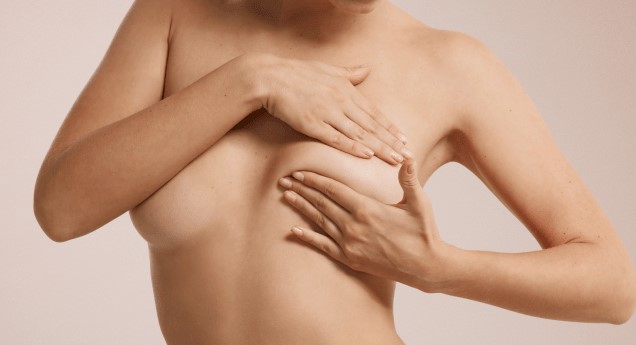
1. Wear a supportive bra
By choosing the correct bra size, you may ensure that your breasts are well-supported during the changes that come with pregnancy. When you’re physically active, wearing a bra that doesn’t fit properly might cause pain and harm. Also, keep in mind to take your bra off before bed because it interferes with blood circulation.
2. Exercise regularly
The muscles below your breasts, known as the pectorals, can benefit from exercise, but your breast glands, fat cells, and ligaments generally won’t. Your boobs will appear significantly more lifted if you tone your pectoralis major and minor. Think about incorporating free weight exercises, chest presses, and pushups into your program.
3. Moisturize and exfoliate your skin
To keep your skin hydrated and firm, moisturize it every day, paying special attention to the breast area. Choose a herbal lotion that maintains taut, youthful-looking skin and contains natural components. Additionally, be sure to lightly exfoliate your breasts each time you take a shower or bath with a body scrub or loofah. The elimination of dead cells restores suppleness and enhances blood flow.
4. Practice good posture
Unsupported breasts are the result of slumped shoulders and bad posture. If you don’t pay attention to how you’re standing, it will simply make them look saggier. As much as possible, keep your spine straight and your shoulders back.
5. Consume less animal fat
Eating a diet high in whole grains and vegetables can help you stay in top nursing shape and shed any extra pregnancy weight. Olive oil, vitamin B, and vitamin E can be used to replace high-cholesterol, saturated animal fats in order to reduce wrinkles and improve the tone and flexibility of your skin.
6. Stop smoking
Smoking dramatically affects your skin’s capacity to heal itself, according to studies. Heavy cigarette use limits your body’s ability to regenerate skin cells, which results in early aging, dryness, and wrinkles. Say no to smokes to keep your breasts looking svelte.
7. Take hot and cold showers
While cold water tightens your pores, hot water opens them. Because of this, experts believe that changing the water temperature in the shower is an efficient way to increase blood circulation. An increase in blood flow gives your skin a more even tone, supplies essential nutrients, and detoxifies it.
8. Nurse comfortably
By elevating your infant to a comfortable height and supporting them on a pillow while you breastfeed, you can reduce stretching. Try to avoid slouching or angling your breasts downward because frequent feedings will only make droopiness worse over time.
9. Wean your baby slowly
When you’re ready to start weaning your child, it’s best to do so gradually to give your breasts time to replenish with fatty tissues. Reduce the number of nursing sessions gradually to get your boobies back to how they were before being pregnant.
10. Lose weight slowly
Post-baby weight loss is a process that you should never rush, much like weaning. Give your body some time to become used to all of these modifications. Unable to recover, loose, extra skin, particularly around the breasts, results from a sudden change in size. If you want to lose weight in a healthy and long-lasting way, exercise moderately while eating a balanced diet.
Breast Lifting Surgery
Although there are many ways to prevent sagging of the breasts after breastfeeding, the most permanent solution is breast lift amalita. Sagging after breastfeeding is a very common problem. The sagging of the breasts can be treated quite easily with a breast lift with or without implants. You can also contact us to get more detailed information about breast lift.
